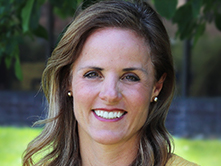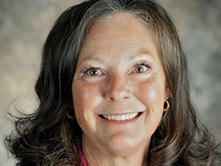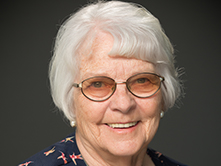Co-ops Add Microgrids to Improve Resiliency
By Sarah Smith
Access to reliable electricity is top-of-mind for CREA and its member electric cooperatives. But natural disasters such as wildfires and winter storms can affect that reliability by taking down electric infrastructure and isolating rural areas (sometimes for long periods of time).
Two projects exemplify how Colorado’s co-ops are implementing microgrids, which are autonomous energy systems that serve specific areas and provide backup electricity with common-sense solutions when needed in emergencies. Poudre Valley Rural Electric Association in Fort Collins went live with a microgrid in Red Feather Lakes in October. Holy Cross Energy in Glenwood Springs is moving forward with another microgrid project on the Western Slope.

Poudre Valley REA wors with Red Feather Lakes representatives to install battery storage for its microgrid.
Red Feather Lakes is 60 miles away from PVREA’s headquarters. Historically, it has been prone to disasters that have major impacts on its single transmission line bringing electricity to the town. High elevation, heavy snowfall, dangerous winter driving conditions, fallen trees, wildfires and even tornadoes put this mountain town at risk for losing power.
PVREA leaders decided to create a microgrid after the local library won a grant to install solar panels and a battery to improve resiliency and cut electricity costs. The microgrid was installed at the local fire station, which has diesel generators and is located across the street from the library. PVREA controls the microgrid and owns the 140-kilowatt/448-kilowatt-hour battery. Now in place, the microgrid will provide secondary power for several hours if a disaster occurs.
“This project is rooted in community, which is a huge part of who we are as a cooperative. The Red Feather Lakes community came together to solve a need and approached us with the project. As we learn more about this microgrid, we can share that information with other cooperatives across the nation so that we all may better serve our members,” said Sam Taggart, strategic communications director for PVREA.
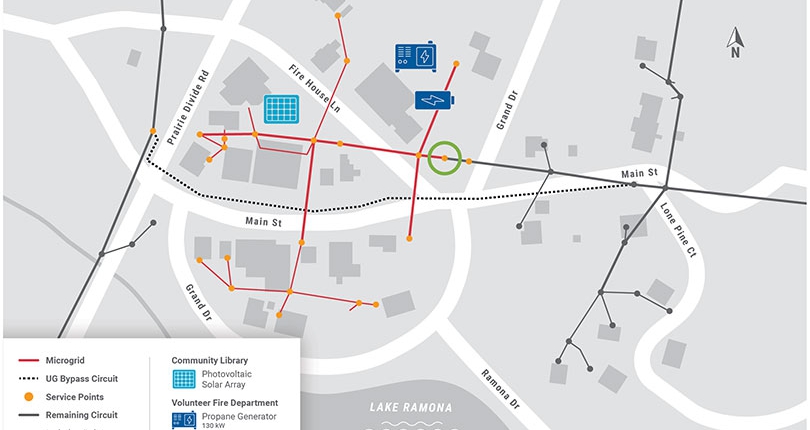
The small community in northern Colorado gets its electricity delivered by a single transmission line and will benefit from its new microgrid if that line goes down.
The project also would not be possible without the assistance of PVREA’s partners. The National Rural Electric Cooperative Association led the initiative in Red Feather Lakes, which is one of four microgrid projects involving five co-ops nationwide. NRECA connected the co-ops with a U.S. Department of Energy project, which provided $1.3 million in energy storage grants. Pacific Northwest National Laboratory and Sandia National Laboratories are also partners in the project. In addition, PVREA’s board of directors provided matching funding for its microgrid.
“The partners we had on this project were extremely important to us. We could not have completed this microgrid without our local, regional and national partners,” Taggart said.
HCE is also making headway with the creation of a microgrid system. The electric co-op is working on a feasibility study with Pitkin County and the Roaring Fork Transportation Authority to determine the practicality of a microgrid connecting a cluster of public facilities near the airport. The microgrid would be powered by renewable energy, independent from the larger electric grid. These facilities, which include the Aspen-Pitkin County Airport, the county’s public works facility, and RFTA’s bus barn, also would be protected from outages if service to the rest of the area is temporarily compromised by an outage. The feasibility study is funded by a $200,000 grant from the Colorado Department of Local Affairs.
With most of the research completed, HCE is looking ahead and fully anticipating making the microgrid a reality.
The urgency to create a microgrid in HCE territory emerged after the Lake Christine Fire in July 2018, which scorched more than 12,500 acres. The wildfire shut down power to the Upper Roaring Fork Valley, which includes the towns of Aspen, Snowmass Village and Basalt, with a year-round population of around 18,000. Three out of the four transmission lines running into Aspen were disabled and if the fourth line had gone down, it could have led to days or even weeks without electric service. This is not a possibility HCE is willing to face again for its members.
With the research phase of the microgrid project nearly complete, HCE is busy planning the next steps and the next phase of the project. Several grant opportunities are in the approval process, including one from the Colorado Department of Local Affairs. HCE will also cost-share part of the project, with funding going toward staffing needs and a protection plan to ensure the main grid is still being protected.
“Microgrids are really good on ‘black sky days’ and serve as a secondary source of power during a crisis. But there is also a great benefit to the grid on ‘blue sky days,’ and there is value in adding these batteries,” said Chris Bilby, research engineer for HCE.
“By installing a microgrid, we are actually going back to the old days. Many mines and train stations used to operate on microgrids, but because of the pollution, these transmission factories were moved farther away from populated areas, so people didn’t have to breathe that bad air in. With a clear path to clean energy in the near future, we can now move these microgrids back to communities,” Bilby continued.
In the face of a crisis, and especially when it threatens the resilience of the electric system, CREA and its electric cooperatives are working with their communities and other partners to find solutions. PVREA and HCE are examples of what it means to lead and overcome challenges to make reliable electricity readily available, despite any circumstance. Microgrids were the way of the past and now are an important step toward the future.
Sarah Smith is a freelance writer with a fondness for Colorado’s electric co-ops and the rural areas they serve.

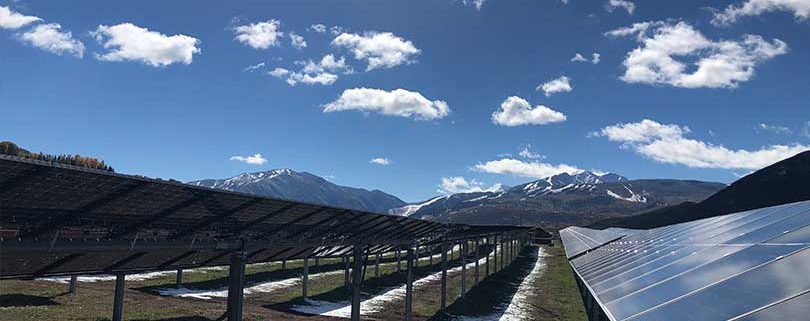
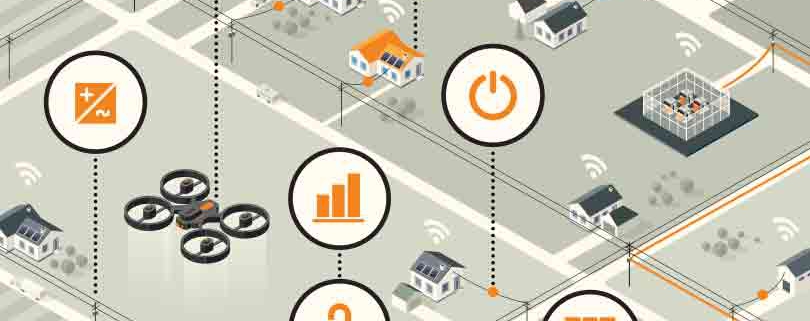

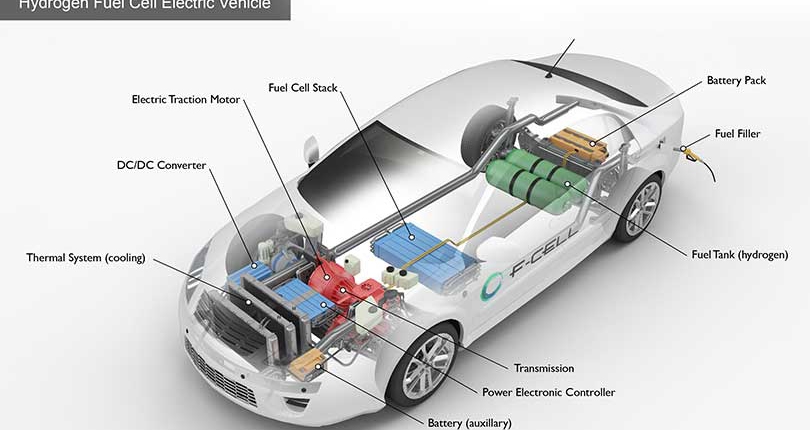 The only byproducts of this process are water and heat, emitted in the form of water vapor and warm air. Since the byproducts are clean, vehicles powered by hydrogen fuel cells produce no tailpipe emissions and are classified as zero-emissions vehicles.
The only byproducts of this process are water and heat, emitted in the form of water vapor and warm air. Since the byproducts are clean, vehicles powered by hydrogen fuel cells produce no tailpipe emissions and are classified as zero-emissions vehicles.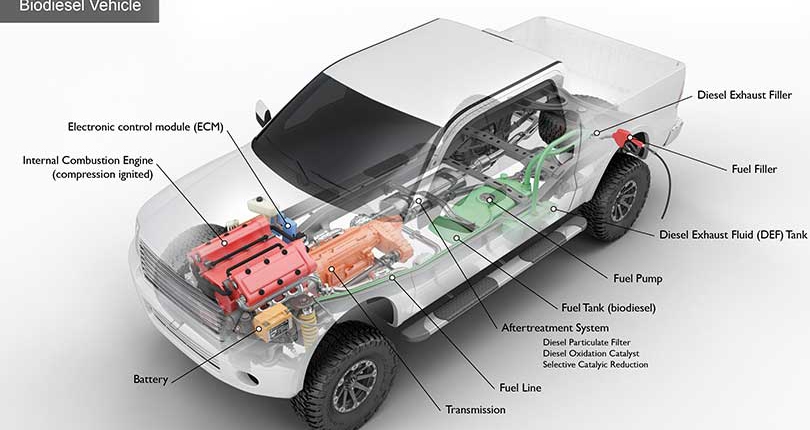 Biodiesel, a different form of biofuel, can be produced from vegetable oil, animal fats or recycled cooking grease, and can be used to power older cars that run on diesel. Since biodiesel is nontoxic and biodegradable, it is much safer than petroleum diesel if it’s released into the environment.
Biodiesel, a different form of biofuel, can be produced from vegetable oil, animal fats or recycled cooking grease, and can be used to power older cars that run on diesel. Since biodiesel is nontoxic and biodegradable, it is much safer than petroleum diesel if it’s released into the environment.

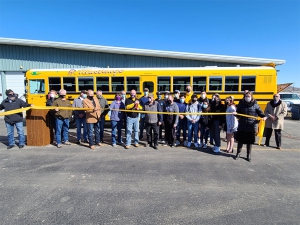

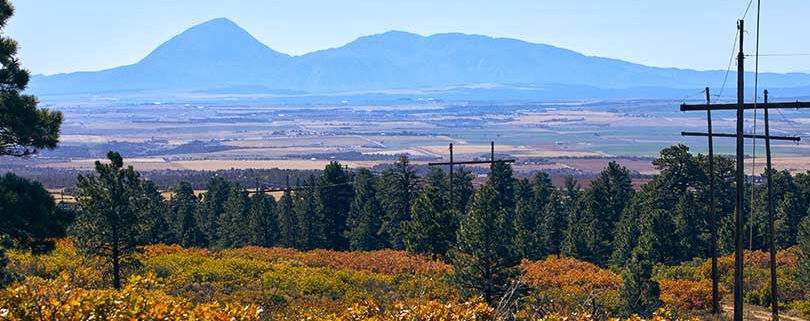
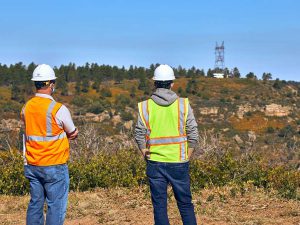
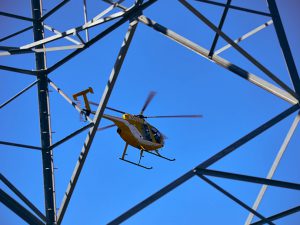

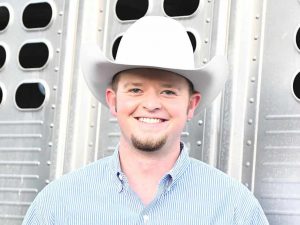


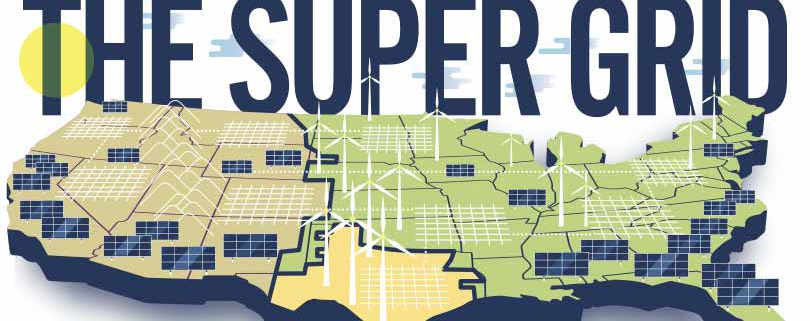
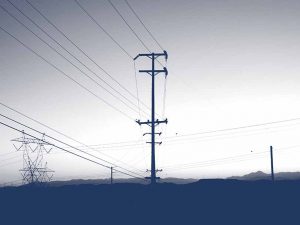 But a super grid would also face significant challenges.
But a super grid would also face significant challenges.
